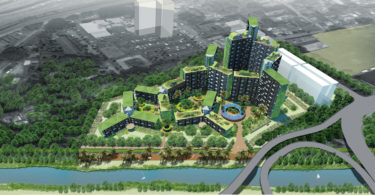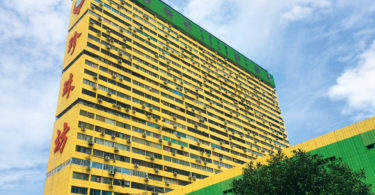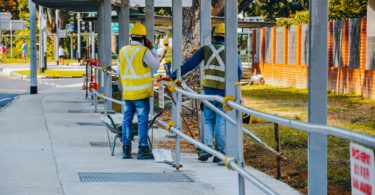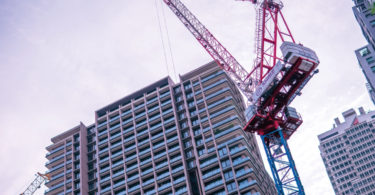Public transport, and in particular metro rail, will form the backbone of the city of the future as more and more people flock to our urban areas. The way we plan, undertake and pay for our journeys is already changing, so is it time to reconsider our approach to infrastructure as well?
Metro systems have transformed cities over the past century. They’ve connected people to employment, leisure and business opportunities and underpinned economic growth.
The first metro trains rumbled through cities such as London, Boston and Paris more than 150 years ago. For the first time, they ran underground or on elevated tracks, which was an attempt to address the increasing congestion on inner city roads.
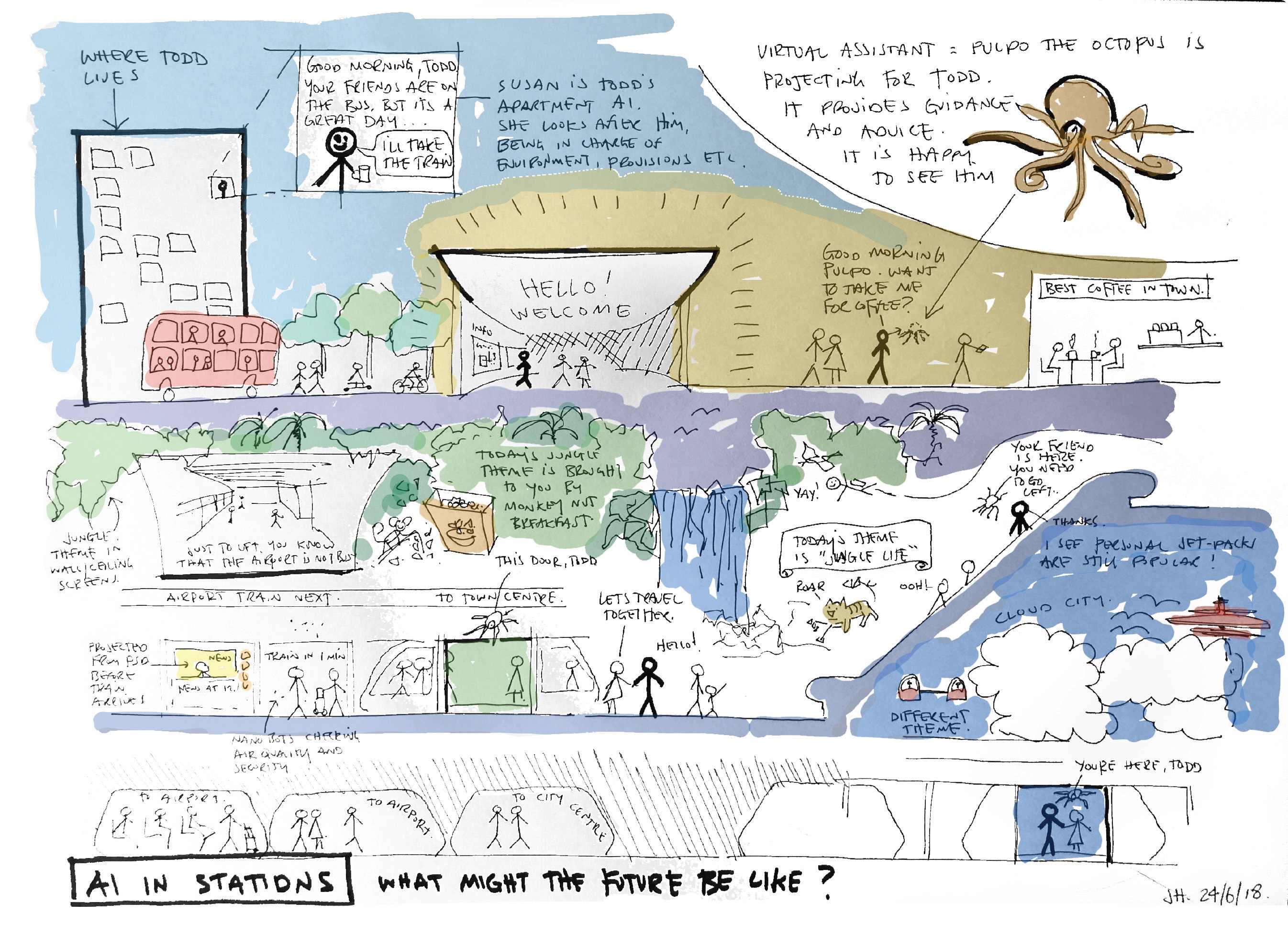
Our entire journey may one day be tailored to us using AI (Image courtesy of Jason Hutchings, Atkins)
The stations that were built to serve them had dedicated entry and exit routes to control the flow of passengers, and subsequently how passenger fares could be collected; raised platforms to help people board and alight from trains; and a concourse accessed by stairs, and later escalators, which was a place for orientation and for travellers to meet and gather.
Over the years, people’s safety became a major concern, and strict rules were introduced regarding staircases and evacuation routes, construction materials, layout, smoke extraction and operational requirements.
As a result, most metro stations are designed according to a few key principles and generally have a similar arrangement, even in different parts of the world.

JASON HUTCHINGS
Senior design director, SNC-Lavalin’s Atkins Business in Asia Pacific
Hutchings’ 30 years in the architectural business has seen him work for leading design practices specialising in transportation. He has 25 years’ experience in Asia, leading rail as well as commercial, hotel and mixed-use projects. He is renowned in the field of transit-oriented development (TOD) and is responsible for projects across Asia and Australia. He is currently working in the field of Human Centred Design (HCD)—employing pedestrian modelling to analyse and fine tune the 3D planning of TODs, which in itself is a contemporary consideration of many transport operators.
 To read the complete article, register your details above
To read the complete article, register your details above
to be notified once the revamped Construction Plus App is ready!

 Hong Kong
Hong Kong Singapore
Singapore Indonesia
Indonesia Tiếng Việt
Tiếng Việt ประเทศไทย
ประเทศไทย





